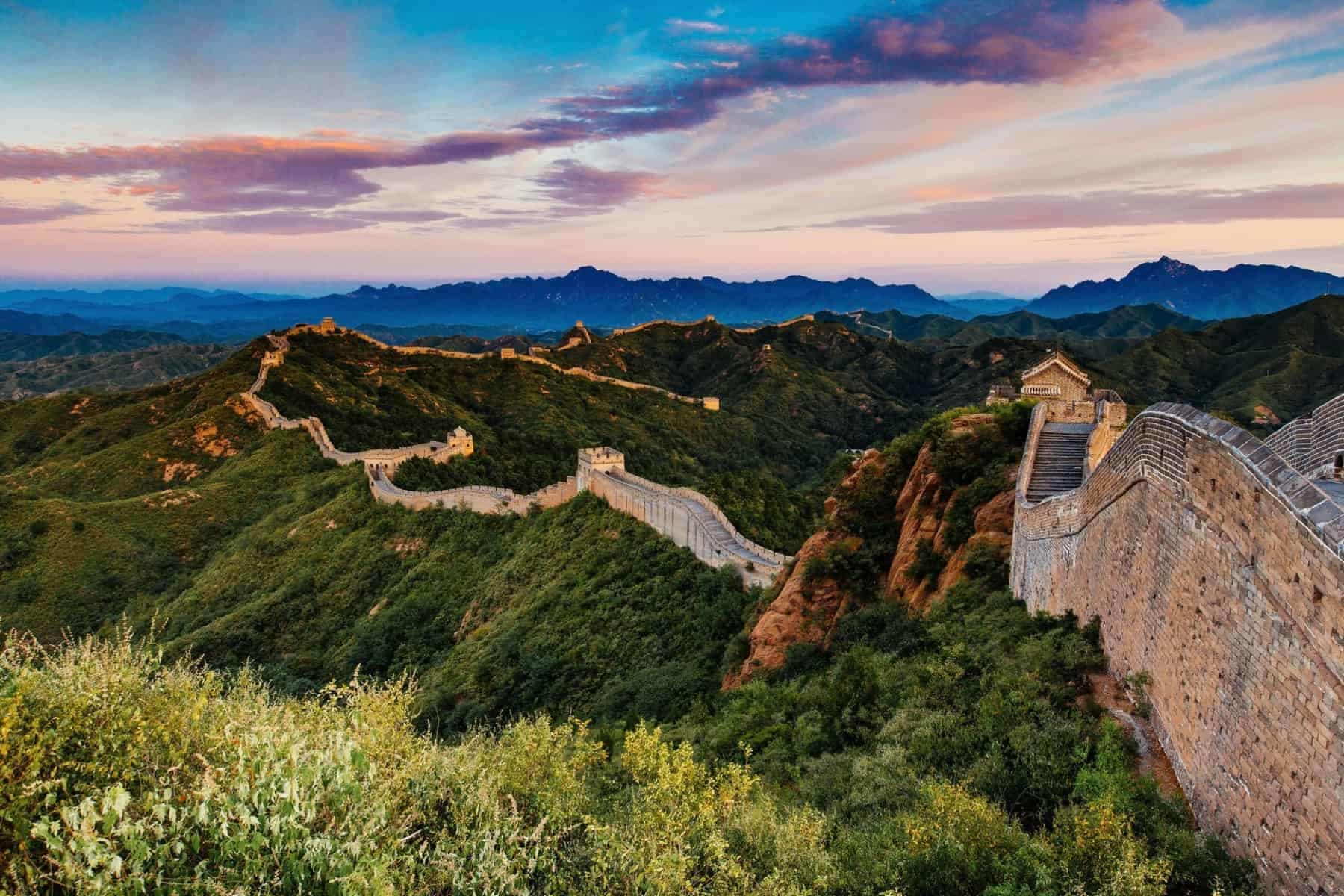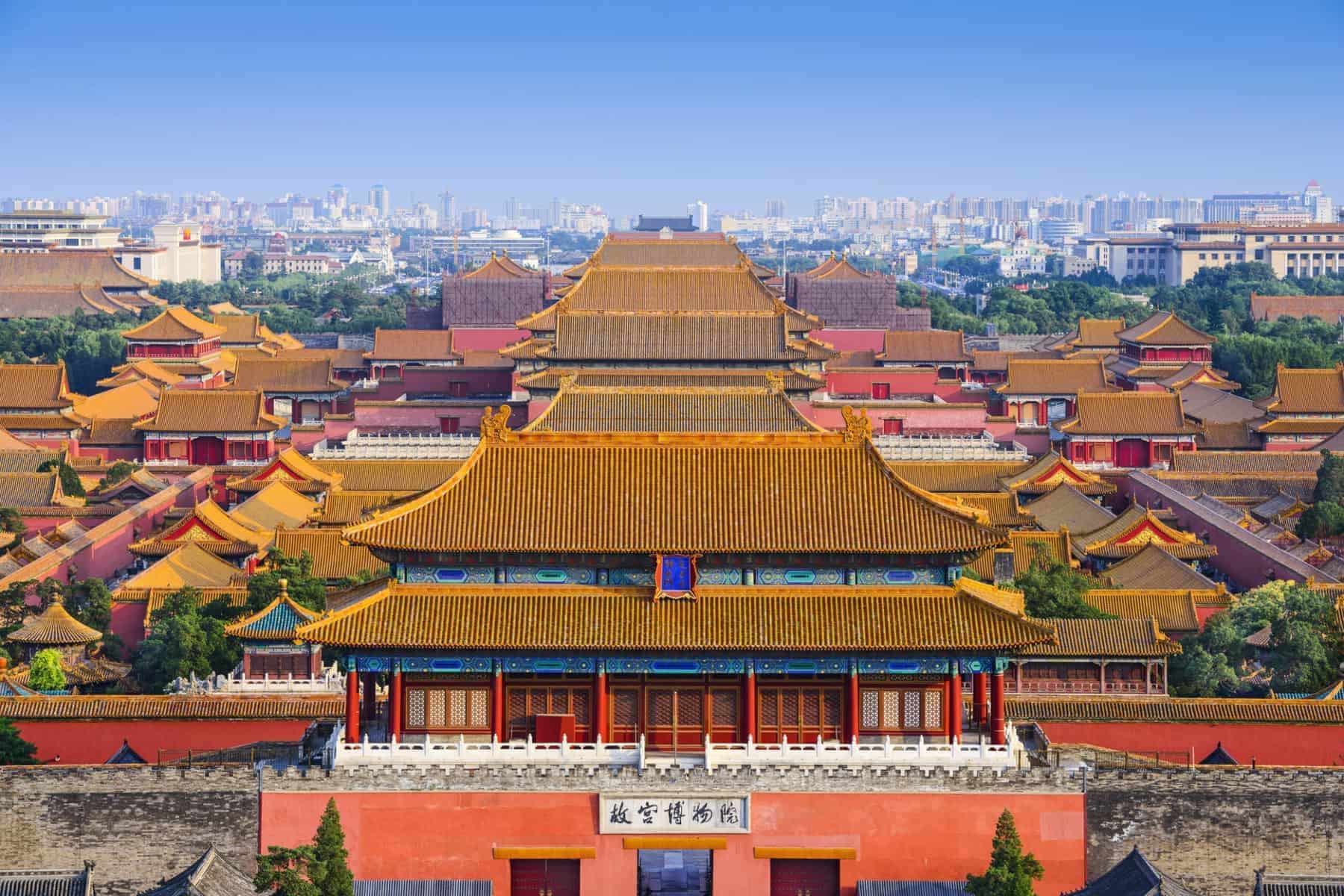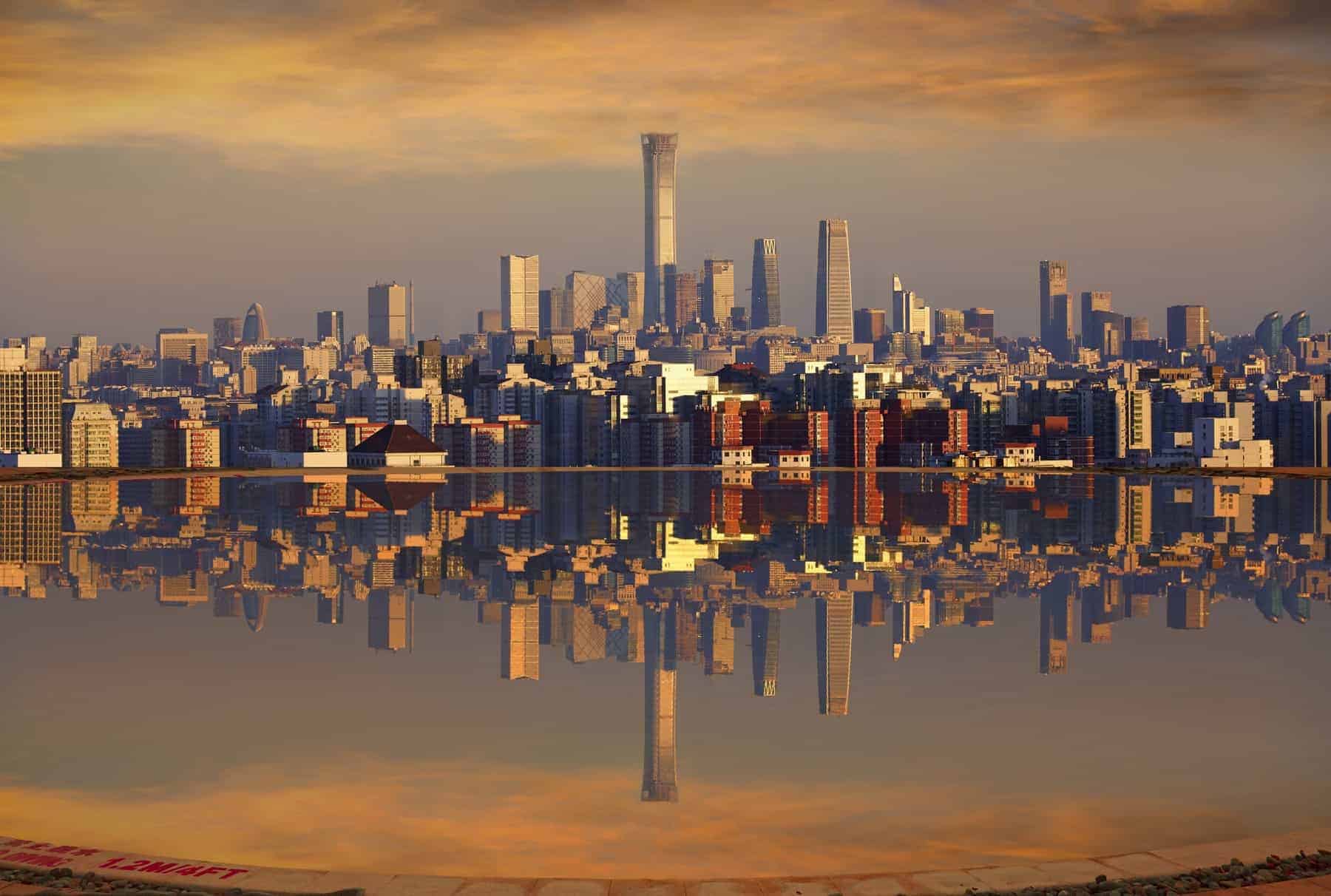Beijing, a world metropolis with 3000 years of history.
Beijing is the capital. The city is enormous, growing forever, and the number of inhabitants has exceeded 22 million. And Beijing is now one of the biggest cities in the world.
With over 22 million inhabitants, the city is surpassed by Shanghai with its over 25 million inhabitants. It was an imperial city until China became a republic in 1911. Beijing is today the political, cultural and educational center of China. The city is rich in historical and cultural monuments and houses a number of important institutions such as government and ministries.

Chinese Wall, China
Beijing is characterized by a completely flat landscape and a very dry climate. Rain is not what you experience the most. There are 3 hills within the city zone, but there are mountains on the horizon looking towards no less than 3 corners of the world. The city, like the building of the Forbidden City in Beiji, is concentric.
Chinese New Year, the biggest celebration on earth
It is planned as ever larger circles with the same center that forms the city’s geometry. It happens with enormous circular roads that go around Beijing and at the same time make it easy to navigate, at least mostly. On the other side of the ring roads you will find part of the gigantic Great Wall, recognized as one of the world’s 7 modern wonders.

Beijing the forbidden city.
Facts about the city
Beijing (Chinese: 北京, Pinyin: Beijing) is the capital of the People’s Republic of China. The name means “northern capital”, while Nanjing means “southern capital”. Beijing has been China’s administrative capital since 1949 and was also the capital of shorter and longer periods. Beijing, located in the northeastern part of the country, is one of the four municipalities that in China’s administration correspond to a province and enjoy similar independence. Beijing was the largest city in the world before 1828.
In central Beijing on January 1, 2007, 7.6 million people lived. In Beijing’s metro area, 21,710,000 (2017) have [1] inhabitants. The area of Beijing with its surroundings is about half the size of Belgium.

Beijing, the modern metropolis
Beijing is China’s political and cultural center, while China’s most populous city, Shanghai, can be said to be China’s economic center, in fierce competition with Hong Kong. Throughout the city’s long history, Beijing has developed a diverse and unique cultural heritage. The best known is the Tiananmen Gate (Tiān’ānmén) leading into the Forbidden City and the Imperial Palace and Temple of the Forbidden City, which since 1987 has been a UNESCO World Heritage List. The UNESCO World Heritage Site also includes Heaven’s Temple, the Summer Palace, the Lama Temple, Yonghegong, and the Confucius Temple.

Chinese wall
To see in Beijing
- The Chinese wall
- The Forbidden City
- Tiananmen Towns Temple of Heaven
- Worth seeing is Mao Zedong’s mausoleum and China’s National Museum with a huge collection of valuables from China’s past.

How to travel there
China travel inspiration
“Barely” 1.4 billion people. This is the estimate of the population in the world’s most populous country. Although the country’s economic development has been a long time underway with many gloomy periods during the latter half of the 20th century, China became the world’s second-largest economy as early as in 2010 in terms of GDP. With such incredible development, it is not surprising that many Western eyes are increasingly directed towards the Asia Red Dragon. Both as a business opportunity but indeed as a new huge and fascinating travel destination.
The winter Olympics 2022 in Beijing
The 4 major cuisines in China, 3000 years old, now a major metropolis
Fantastic Guangzhou in Southern China
Guangzhou, 3. biggest city in China. Do you know South China?
Macau, you dont have to be a gambler to enjoy this island
13 biggest countries in the world
See the biggest cities in the world, you will be surprised by what “a big city” is today!




